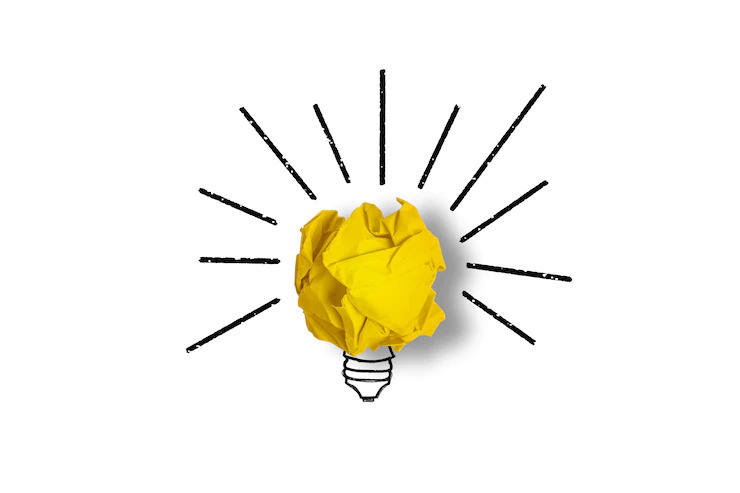

HubSpot customer onboarding solutions are essential for providing the best experience possible and making sure your customers feel supported. The live chat, email tools and contact management features work together to treat each customer as an individual rather than just another number in an unmanageable database. This way, you can be sure that you're delivering the right message at the right time. HubSpot's client onboarding solutions under marketing, sales, service and operations software are designed to be seamlessly integrated into a single platform.
The key to operationalise your HubSpot onboarding pipeline as you scale always comes from diagnosing your exact onboarding problems through data. By understanding your specific issues and challenges, you can continuously improve your onboarding process to better meet the needs of your business and customers.
In this guide, we’re going to walk you through everything you need to know about the HubSpot onboarding checklist process.

The HubSpot onboarding process for your new enterprise software doesn't just stop at showing your team how to use it. And if you're not already a HubSpot customer onboarding specialist, you'll need to learn the ins and outs of the platform. The B2C or B2B customer onboarding process begins way before someone actually buys your product. In fact, it starts the very first time a prospect comes into contact with your brand. This means that every encounter is an opportunity to gather the information that will help you create a more effective onboarding experience later on.
It's crucial to have coherence between every touchpoint for the best customer experience. Since most revenue comes from existing customers and happy customer solutions can become your top referral sources, it becomes a priority to leverage customer onboarding for customer retention, which then has a direct impact on your business growth.
HubSpot onboarding is crucial for new users to learn about your product, but it can be difficult to get people to engage with all of your content. Instead, focus on creating a flow that caters to each user's specific needs. This way, you can ensure that everyone gets the most out of your onboarding process.
Your goal is to give your customer the power to get started without needing help from you. That means your process must have specific features that will help customers from the beginning stages all the way to realising their first success.

Steps on HubSpot Customer Onboarding Process:
Let us look at the above points one by one:
The first time you talk to your new customer, it's important to make a good impression. You can do this by congratulating them on their new purchase, thanking them for choosing your company and expressing how excited you are to have them as a customer. This will help build a positive relationship with your new customer from the start.
A greeting message is an email that users get when they first sign up for your app. It's different from a welcome email because it's more like a personal note from you, the creator, to the user. In your greeting message, it's best practice to ask the user to do only one thing so that they don't feel overwhelmed. You can also include a video to guide them through the process.
A guided tutorial or setup wizard can be extremely helpful as a part of customer onboarding solutions when they need to go through a process with multiple steps. However, it's important to keep the tutorial short and make it optional. This way, customers can still use your product even if they don't want to go through the full setup process.
When a customer enters their portal for the first time, there might be some features that don't have any data yet. It's a good idea to fill these empty states with content that is both educational and actionable. This content should explain what the feature is, demonstrate its value and encourage the customer to start using it.
A tip banner can be really helpful for guiding users around your product during B2C or B2B customer onboarding. They can help call out important features and act as an introduction of sorts. They shouldn't be used as a substitute for an actual tutorial, but they're a great tool to have in your arsenal nonetheless.
The HubSpot onboarding experience is all about teaching your customers how to use and get value from your product. The most connecting way is to allow your prospects to understand how to use the product themselves. This can involve an interactive walkthrough such as callouts in order to help them gain insights into the usage of the product.
A knowledge base forms one of the ideal HubSpot customer onboarding solutions to address the FAQs and allows prospects to solve their problems autonomously. You can use a chatbot as part of the knowledge base to offer a personalised touch.
Although check-ins are more like a best practice than a step, they should be a feature of your HubSpot onboarding process. Your prospects or new clients must feel like scaling up in their journey. This can be achieved by constantly checking in to identify if they are stuck somewhere and offering ways to address the issue, thus adding more value to your product. This will also build more trust and will mean that you are willing to make extra efforts to help your customers.
Remember all those customer-centric milestones that you created? You should celebrate these achievements with your customers and let them know how they have become a valuable part of your brand. You can do this by making an in-app notification, sending a congratulatory email or giving them a quick call.
In addition to following the HubSpot customer onboarding solutions, it is also recommended to adopt some best practices and tips to make the entire process a positive experience for your prospects.

At TransFunnel, we believe that meeting your HubSpot onboarding expectations starts with a backwards thinking approach. Our customer onboarding solutions are designed to help you get the most out of your HubSpot investment and empower your marketing activities.
Learn more about HubSpot Onboarding by connecting with us today!